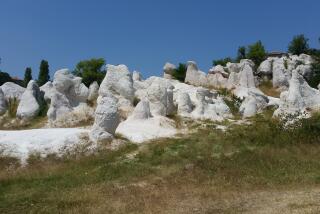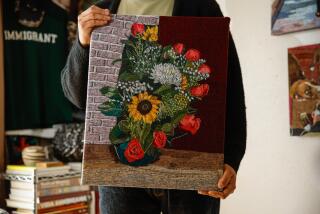Blossoms for her brain
Like most privileged girls of her time, Emily Dickinson studied botany and was an accomplished gardener. Still, according to her father and certain members of the community, her fondness for flowers was decidedly disproportionate, even irreligious.
In fact, the reclusive poet’s garden, conservatory and the nearby woods were intimate theaters, entwined with her identity, requisite to her survival and her primary inspiration. Plants and flowers had souls and spoke to her; their lives and deaths were mystical events. In them, she found metaphors for beauty, truth, heaven and earth, and she wove them into poems she called “blossoms of the Brain.”
Dickinson scholar Judith Farr unravels the symbolism in Dickinson’s spare, sensuous poetry and explores the influences of family, friends and Victorian culture on her work. The final chapter, by horticulturist Laura Foster, describes plants surely and most likely grown by Dickinson, along with their care. (She loved heavily scented flowers and described herself as “a Lunatic on Bulbs.”) An engrossing read, illustrated with paintings, photographs and other images from the era.
Lili Singer






